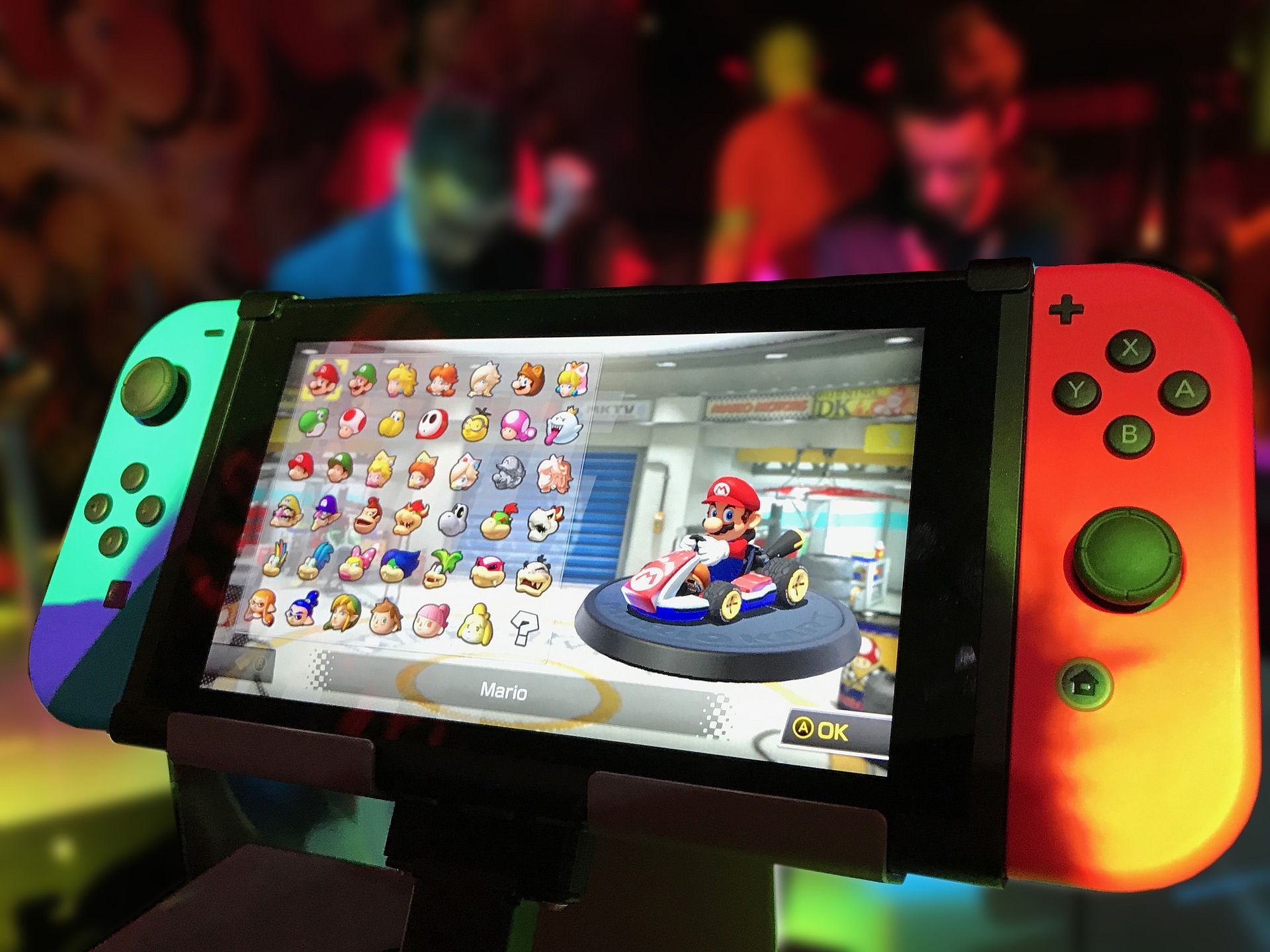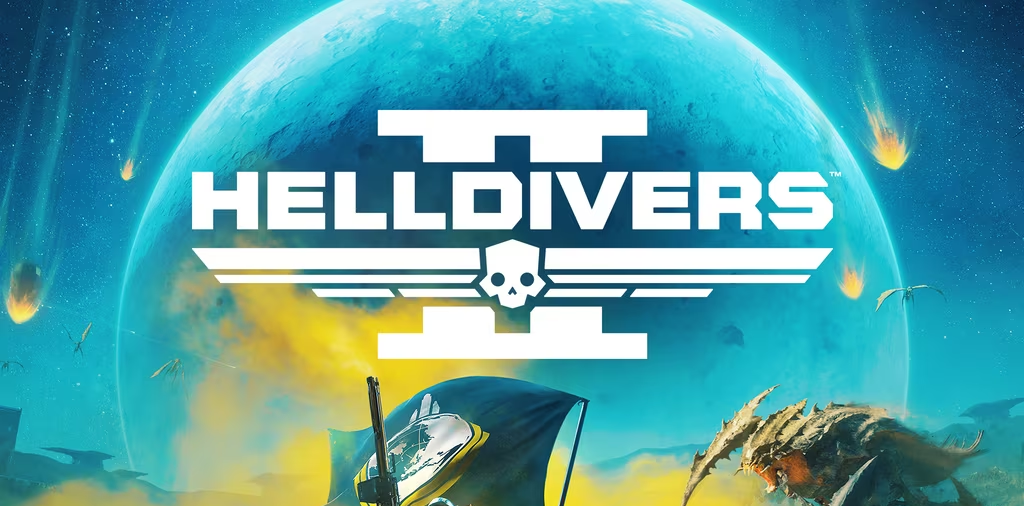The gaming world is abuzz with anticipation as whispers of the Nintendo Switch 2’s features and design begin to crystallize into a clearer picture. With a legacy of revolutionizing handheld gaming, Nintendo’s next move is poised to be a game-changer, and the details we’ve gleaned so far suggest a blend of innovation and familiarity that could redefine our gaming experiences once again.
Rumors have always been an integral part of the gaming industry’s fabric, serving as both a source of excitement and skepticism. As we navigate through the sea of speculation, it’s important to anchor our expectations in the credibility of the sources. Vandal, a Spanish gaming blog with a commendable track record, has been at the forefront of leaking accurate information about Nintendo’s endeavors. Their insights into the Nintendo Switch OLED model prior to its release lend a certain weight to their current revelations about the Nintendo Switch 2.
Nintendo secretly developing Switch 2
Accessory manufacturers have been given the unique opportunity to interact with the console in a ‘black box’ setting, ensuring that its design remains shrouded in mystery. Despite the secrecy, a consensus has emerged among these sources: the Nintendo Switch 2 is not just a figment of our collective imagination—it’s a tangible reality, and it’s coming.
The Switch 2 is said to boast a larger form factor than its predecessors, yet it remains more compact than Valve’s Steam Deck. This suggests a device that balances the need for a more immersive display with the portability that has become a hallmark of the Switch line. The rumored 8-inch LED screen represents a modest increase from the OLED model, potentially offering a more expansive canvas for gamers without compromising the console’s handheld nature.
But it’s not just the size that’s changing; the way we connect with the Switch 2 is also set for a transformation. The detachable Joy-Cons, a signature feature of the original Switch, are making a return, but with a twist—magnets. This new method of attachment could spell the end of wear and tear associated with the rail system and introduce a more robust and user-friendly experience. However, this innovation comes with a caveat: the Switch 2 will not support the original Joy-Cons, though it will maintain compatibility with existing Pro controllers.
The magnetic Joy-Cons are a testament to Nintendo’s commitment to refining its products. By drawing inspiration from popular consumer electronics, such as Apple’s MagSafe technology, Nintendo is tapping into a trend that has already proven its worth in the market. This move may not be as groundbreaking as some of Nintendo’s past innovations, but it’s a clear sign that the company is paying attention to what works and applying it in creative ways.
As we delve deeper into the design and connectivity of the Nintendo Switch 2, it’s evident that Nintendo is building upon the foundation laid by its predecessor. The company’s history of innovation is guiding its steps, ensuring that the Switch 2 is not just another iteration, but a thoughtful evolution of the gaming experience. With the console’s launch slated for early 2025, the gaming community’s anticipation is palpable. We stand on the cusp of a new era in handheld gaming, eagerly awaiting the moment when the veil of secrecy is lifted, and the Nintendo Switch 2 is revealed in all its glory.
The talk shifts to the console’s performance and compatibility
Gamers and industry insiders alike are eager to understand what kind of power the Switch 2 will pack and how it will handle the vast library of games already beloved by the Nintendo community.Rumors and speculations about the potential features of the Switch 2 have been circulating online, fueling excitement and anticipation among fans. Many are hoping for enhanced graphics, improved performance, and a larger storage capacity to accommodate the ever-growing demand for digital downloads. The gaming community is eagerly awaiting any official announcements from Nintendo regarding the highly anticipated console.

The heart of any gaming console is its ability to deliver stunning visuals and smooth gameplay, and the Switch 2 is shaping up to be a formidable contender. Reports suggest that the Switch 2’s graphics might be based on Nvidia’s Ampere architecture, which is the same powerhouse behind the GeForce RTX 3000 series GPUs. This is particularly exciting news as it hints at a significant leap in performance from the current Switch models, potentially bringing the Switch 2’s capabilities closer to that of the PlayStation 4 or even the Xbox Series S in the best-case scenario.
The use of an 8nm process for the Switch 2’s chipset could be a game-changer, offering a balance between power efficiency and performance. This is crucial for a handheld device, where battery life is as important as the graphics it can push. The prospect of the Switch 2 running the Matrix Awakens Unreal Engine 5 demo, as allegedly demonstrated behind closed doors at Gamescom, is a tantalizing tease of what the console could achieve in terms of graphical fidelity and immersive experiences.
Nintendo pays attention to fans’ interest in backward compatibility
The Switch 2 is expected to support both physical and digital games from its predecessor, ensuring that players can carry over their existing game libraries. This is a smart move by Nintendo, as it not only honors the investment players have made in their game collections but also ensures a robust lineup of playable titles from day one.
The compatibility with the existing Nintendo Switch Pro Controller is another nod to the company’s dedication to its user base. This decision will allow players to transition to the new console without the need to purchase new accessories, at least in terms of controllers. It’s a relief to know that the Pro Controller, with its ergonomic design and precise controls, will continue to be a part of the Switch gaming experience.
However, the same cannot be said for the original Joy-Cons. The Switch 2’s move to magnetic Joy-Con controllers is a double-edged sword. While it promises a more robust and convenient attachment method, free from the wear and tear of the rail system, it also means that the vast collections of Joy-Cons that players have accumulated over the years will not directly attach to the new console. This could be a sore point for some, but it’s possible that these older Joy-Cons could still connect wirelessly, offering a form of backward compatibility.
The question of whether the new magnetic Joy-Cons will address the notorious stick drift issue remains unanswered. This has been a persistent problem for many players, and one can only hope that Nintendo has taken this opportunity to rectify the issue in their latest design.
As we look towards the future, the anticipation for the Nintendo Switch 2 continues to build. With a launch window set for early 2025, there is still time for Nintendo to fine-tune the console and prepare a lineup of software that will showcase the full potential of the new hardware. The delay in the console’s launch, reportedly to give developers more time to prepare titles and to avoid hardware supply issues, suggests that Nintendo is committed to ensuring the Switch 2 hits the ground running.
The gaming community is watching closely, waiting for the moment when Nintendo lifts the veil on the Switch 2. Until then, we can only speculate and dream about the possibilities that this new console will bring to our gaming lives. One thing is for certain: Nintendo’s track record of innovation and surprise means that the Switch 2 is likely to be something special, a device that will once again redefine what we expect from handheld gaming. The future of Nintendo gaming is on the horizon, and it’s looking brighter than ever.
Related posts:
Nintendo Switch 2 will likely be larger and feature magnetic Joy-Cons
Switch 2 reportedly has magnetic Joy-Cons, might not support existing ones
Nintendo Switch 2 Rumored to Have Magnetic Joy-Cons





